Grape Variety
Brunello
"broo-NEHL-loh"
Wine Styles
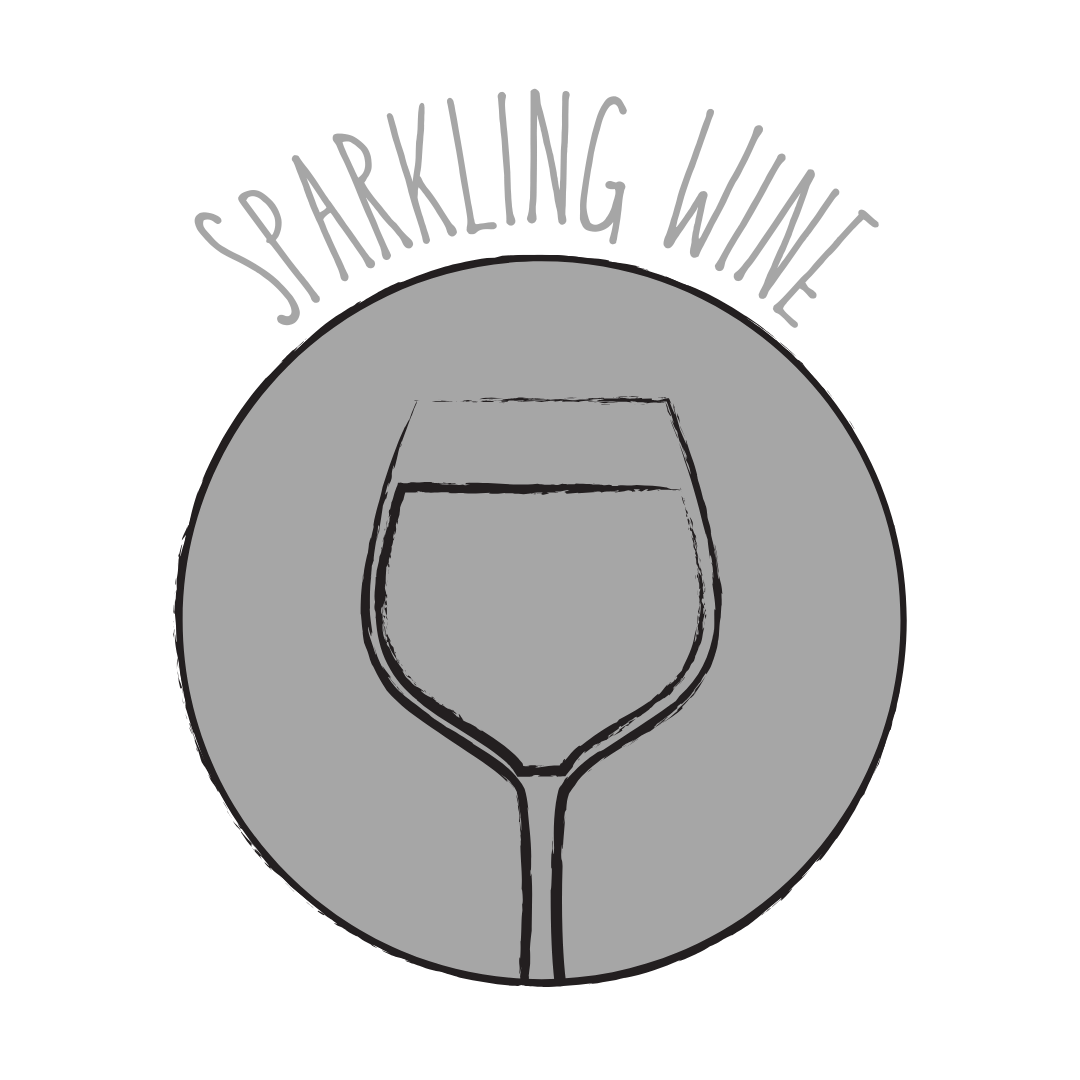 Sparkling
Sparkling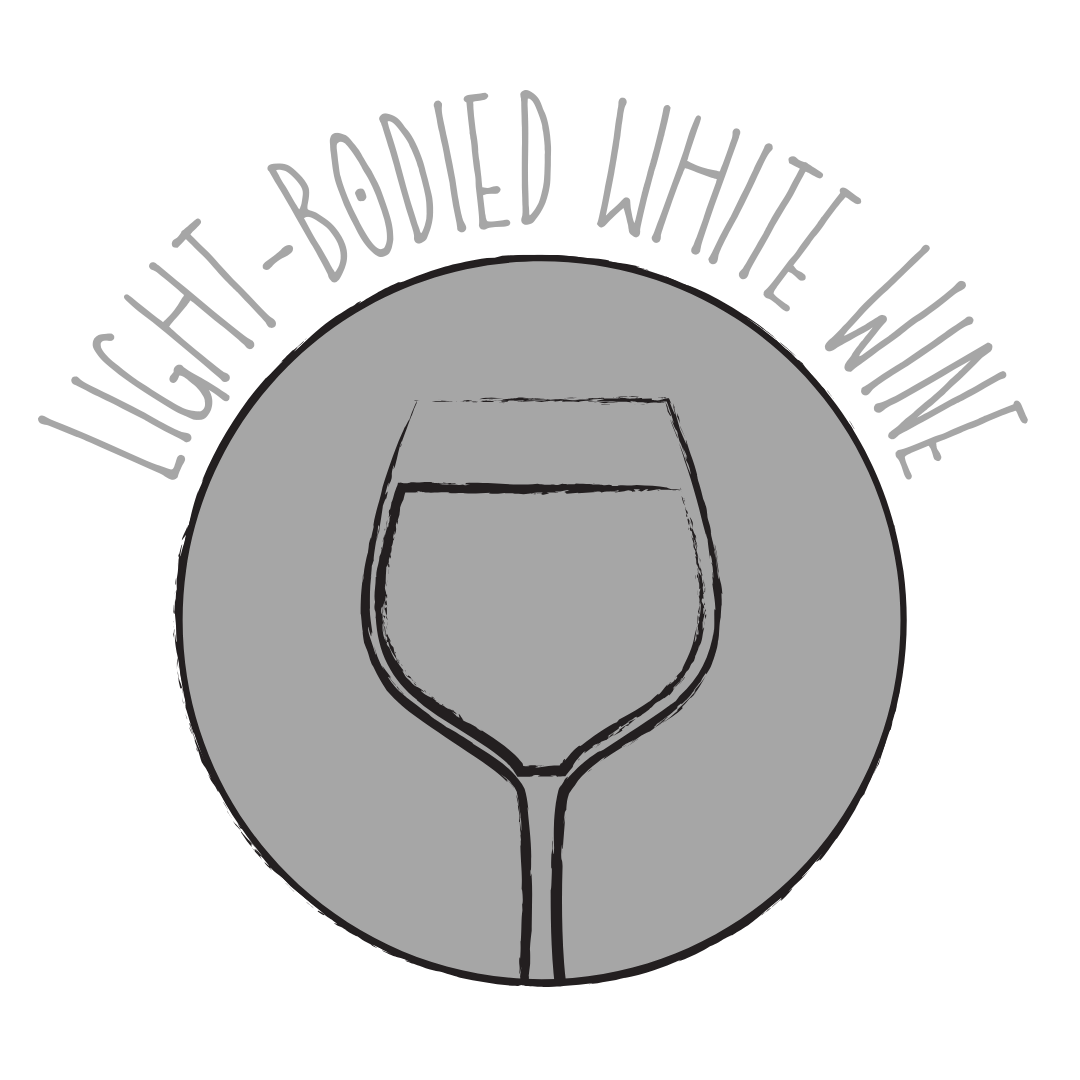 Light White
Light White Full White
Full White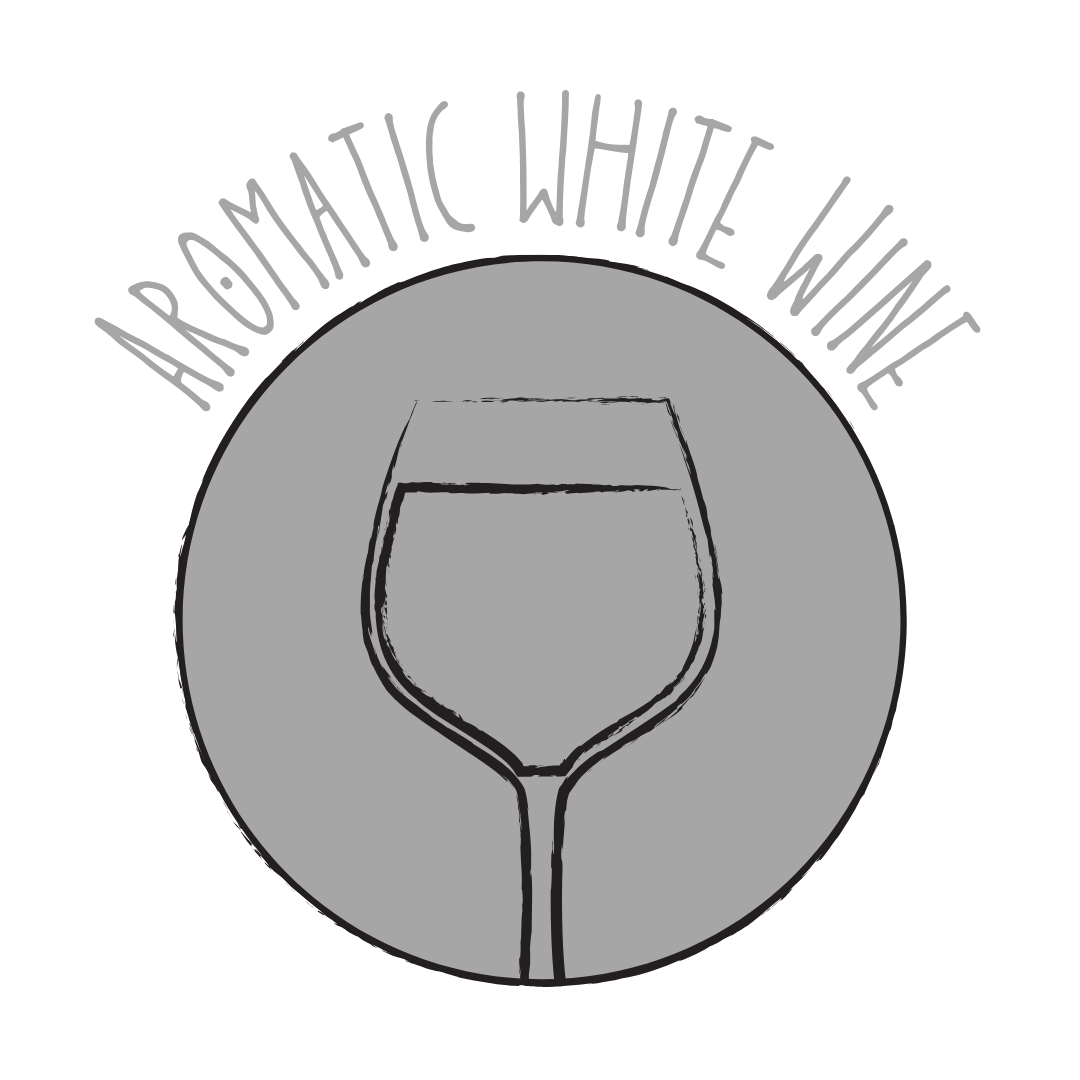 Aromatic
Aromatic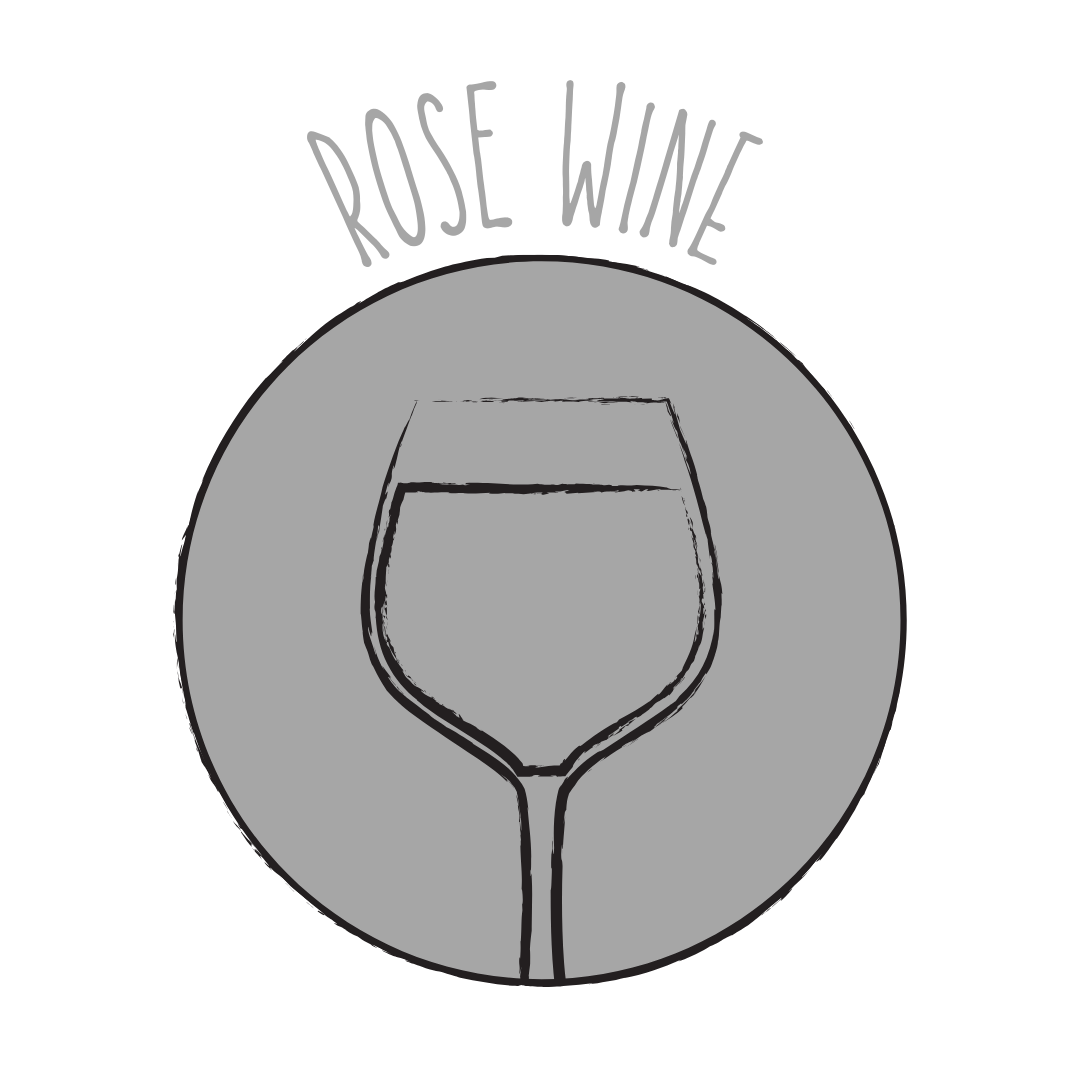 Rosé
Rosé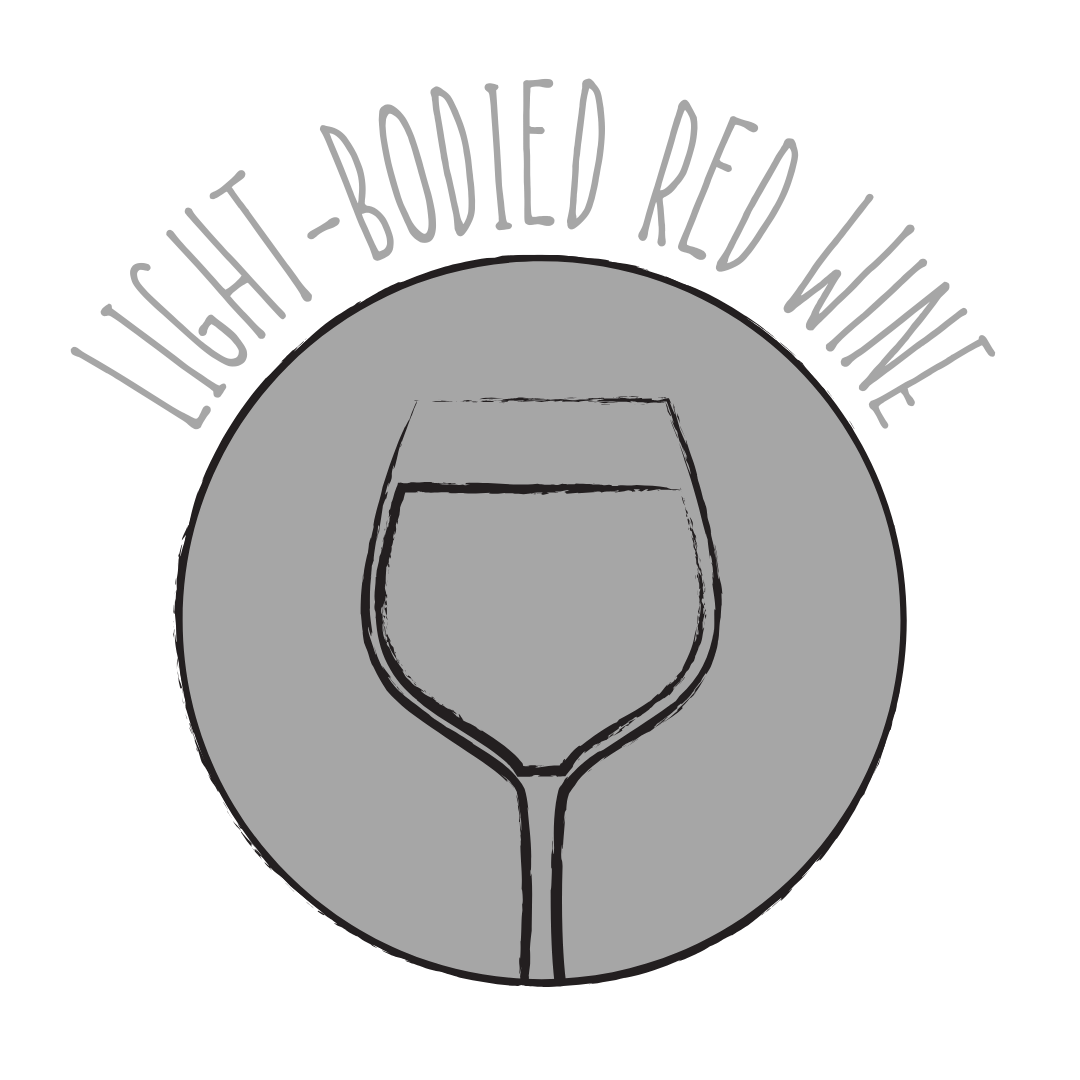 Light Red
Light Red Medium Red
Medium Red Full Red
Full Red Dessert
DessertAbout Brunello
Origin
Montalcino, Tuscany, Italy
History
Brunello, meaning 'little dark one,' is the local name for Sangiovese Grosso, a clone of the Sangiovese grape. It is exclusively grown in the Montalcino region of Tuscany. In the mid-19th century, Ferruccio Biondi-Santi isolated this clone to produce a 100% varietal wine, leading to the creation of Brunello di Montalcino. The wine gained DOCG status in 1980, reflecting its high quality and aging potential.
Appearance
Small to medium-sized, thick-skinned berries with a deep blue-black color, growing in compact clusters.
Growing Traits
Brunello (Sangiovese Grosso) is a late-ripening variety that thrives in the warm, dry climate of Montalcino. The grape's thick skin contributes to its deep color and high tannin content, while the region's diverse soils and elevations allow for a range of expressions. The grape is susceptible to rot in damp conditions due to its thin skin.
Wine Characteristics
Body
4/5
Sweetness
1/5
Tannin
5/5
Acidity
5/5
Alcohol
4/5
Medium to full-bodied with a robust and structured profile, offering depth and concentration. Dry, with minimal residual sugar, focusing on intense fruit and earthy flavors. High tannin levels, providing firm structure and significant aging potential. High acidity, contributing to freshness and longevity, balancing the robust tannins. Moderate to high alcohol content, typically ranging between 13% and 14.5%, ensuring balance and drinkability.
Taste Profile

Black Cherry

Plum

Leather

Tobacco
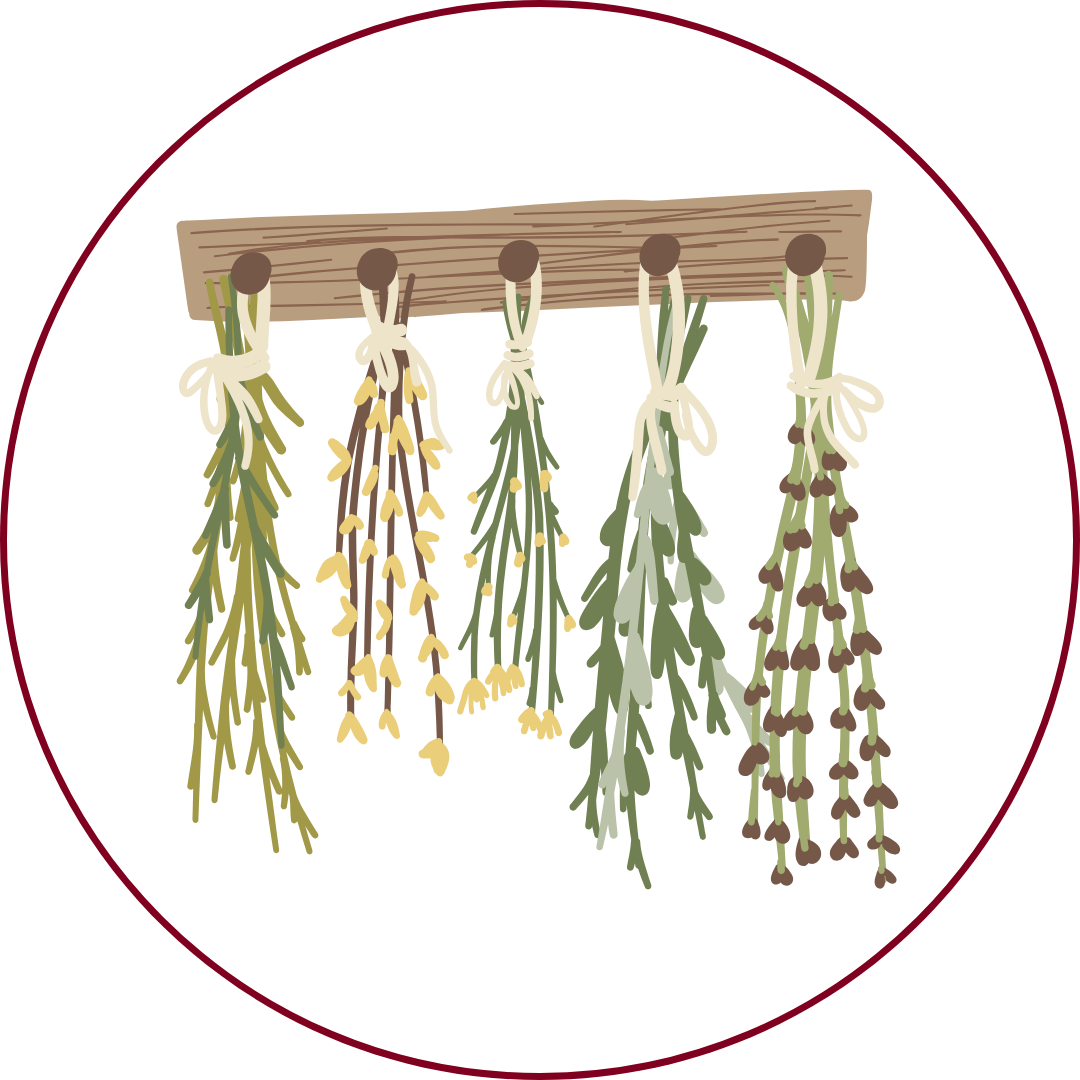
Dried Herbs
Brunello wines are characterized by flavors of dark cherry and plum, complemented by notes of leather, tobacco, and dried herbs. The high acidity and firm tannins provide a balanced structure, leading to a long, complex finish.
Food Pairing
Brunello's high acidity and tannic structure make it an excellent match for rich, flavorful dishes such as bistecca alla fiorentina (Florentine steak), wild boar ragù, and aged pecorino cheese. The wine's complexity also complements truffle-infused dishes and hearty stews.
Growing Regions

Italy
Montalcino (Tuscany)
Notable Wines & Producers
Brunello di Montalcino
Biondi-Santi
Casanova di Neri
Altesino
Brunello FAQ
Common questions about this grape variety
What is the origin of Brunello?
+
Montalcino, Tuscany, Italy
Is Brunello wine full bodied?
+
Brunello has a body level of 4 out of 5. Which means that Brunello is Moderate to Full bodied.
Is Brunello wine dry or sweet?
+
Brunello has a dryness level of 1 out of 5. Which means that Brunello is Dry.
Where is Brunello wine from?
+
Montalcino, Tuscany, Italy
Where is Brunello grown?
+
Brunello is grown in Italy (Montalcino (Tuscany)).
What is Brunello like?
+
Brunello wines are characterized by flavors of dark cherry and plum, complemented by notes of leather, tobacco, and dried herbs. The high acidity and firm tannins provide a balanced structure, leading to a long, complex finish.
What does Brunello pair with?
+
Brunello's high acidity and tannic structure make it an excellent match for rich, flavorful dishes such as bistecca alla fiorentina (Florentine steak), wild boar ragù, and aged pecorino cheese. The wine's complexity also complements truffle-infused dishes and hearty stews.
What does Brunello taste like?
+
Brunello wines are characterized by flavors of dark cherry and plum, complemented by notes of leather, tobacco, and dried herbs. The high acidity and firm tannins provide a balanced structure, leading to a long, complex finish.
Take Brunello Knowledge with You
Access detailed grape profiles, tasting notes, and pairing suggestions on your iPhone.
Download on theApp Store